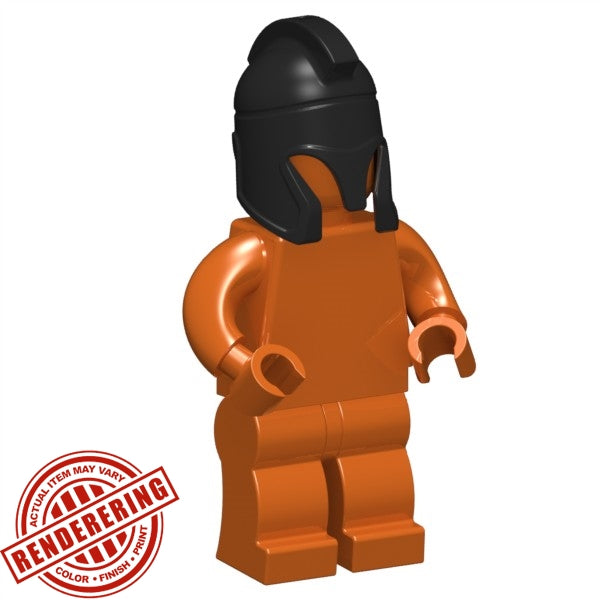

Note how the armor wraps around the body, protecting all angles of the torso. The use of this stance gave the Hoplite a much smaller profile, and in turn a smaller target for their opponents as well, similar to how fencers point their flanks to their opponents to reduce their own profile.

#Best parts for a hoplite shield plus
The left and right sides of the body would be equally protected, plus would allow it to be much more easily braced on the knee, shin and shoulder. The shield works much more efficiently when held perpendicular to the body with the shield pointing to the enemy. This required the Hoplite to reach over to the right in order to protect that side. The straps made the shield harder to drop if there was a decision to retreat and the location of the straps made the shield awkward to use if held parallel to the body. First and foremost being its weight would tire the wielder’s arm in combat if used for extended periods of time. The disadvantages of it come from its design advantages. The ability to use the hoplon shield in this way not only made it a very effective piece of armor, but also a very vital and potent weapon in combat. The concavity of the shield, along with its size, could then allow for one to press his knee, shin and/or shoulder into the shield for protection and for pushing over enemy Hoplites. The front and back of a hoplon as they are used to protect the Hoplite and press the attack. The shield’s diameter (about a yard), covered most of the Hoplite, protecting an average man of that period from chin to knee. Considering the weight of the shield, a blow such as that could be rather potent, especially in a desperate situation. A tactic such as this could also be reinforced by the fact that the bronze at the edge of the shield was also several tenth’s of an inch thicker at the outer rim. The hand hold being by the shields edge could give the soldier more coordination with the shield, and could also allow the Hoplite to deliver a ‘punch’ with his shield rim. The dual strap design also made it harder for a soldier to have his shield knocked out of his hand by a particularly forceful blow. The shield could be made heavier and more formidable, than those that were held in one hand because the weight was distributed over an area, which allowed for the shield to weigh around 15 pounds. It featured two straps, one in the middle of the shield, and another on the outer edge which allowed a Hoplite to wear the shield on his forearm putting the middle strap by his elbow and holding the outer strap in his hand. This round concave shield was constructed of wood with an outer layer of bronze. What Pheidon did do, was organize these armored men to work together. And Teucer rushed forth eager to strip from him his armour, but Hector, even as he rushed, cast at him with his bright spear. The use of armor and shields was not foreign the Greeks, the tales of Homer are filled with the references to both, and how a fallen warrior’s armor was a trophy:Įven so fell he, and about him rang his armour dight with bronze. The panoply (all of the stuff) including weapons, clothing, and armor usually ranged from 50-60 pounds. The trade-off of which being that the armor would weigh down the individual soldier, both slowing and tiring them at a faster rate than a much less armored infantry. The Hoplite was a heavy infantry, able to sustain a substantial beating thanks to their level of armor. Thus there were variations from person to person that depended upon the individuals wealth, personal preferences, and armor that had already been in the family line. The Hoplites of most city-states were a militia, which resulted in the soldiers providing their own armor. The equipment that follows was considered the minimum of what a Hoplite needed to be properly fielded. Though for this study we shall view what was considered the ‘status-quo’ of an average Hoplite’s equipment, the earliest that we see a use of all the equipment would be in the 7th century BC by the last king of the Argine line, King Pheidon.

This leads to an evolution of arms that makes it very hard to pin point the exact equipment used by the Hoplites at any given time. Though this reliance on the equipment at hand to determine the tactics an army would use is nothing new and is still a fact today, along with the tactics themselves determining the equipment used. The word Hoplite is derived from the Greek word “hopla” which literally translates to “stuff”, thus a Hoplite would be a man with “stuff”. The foundation of the Hoplite warrior, along with the tactics that they used, were ultimately a derivation of the equipment they carried.


 0 kommentar(er)
0 kommentar(er)
